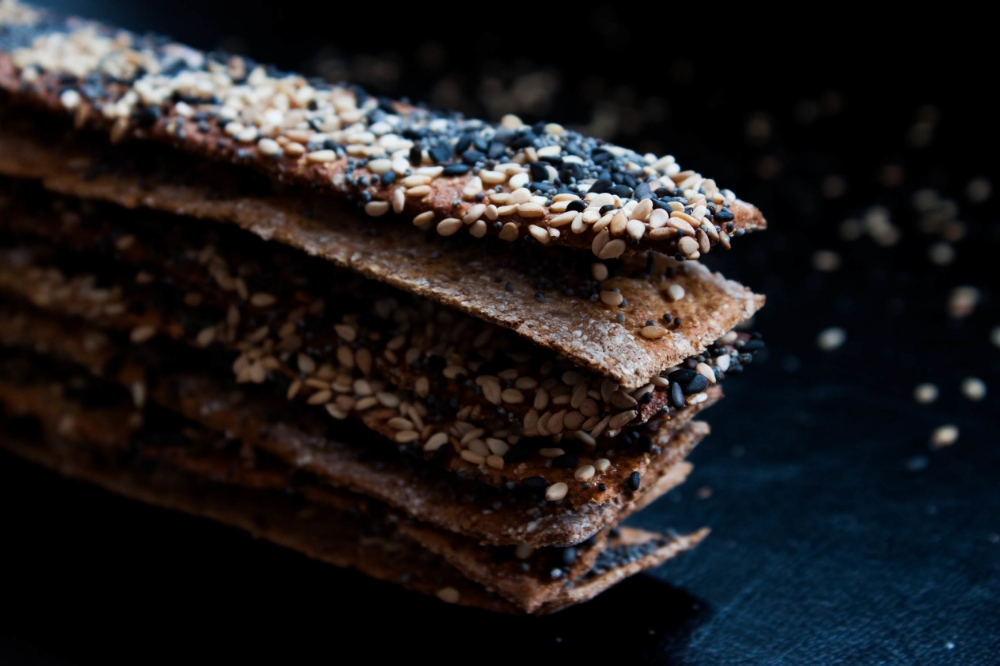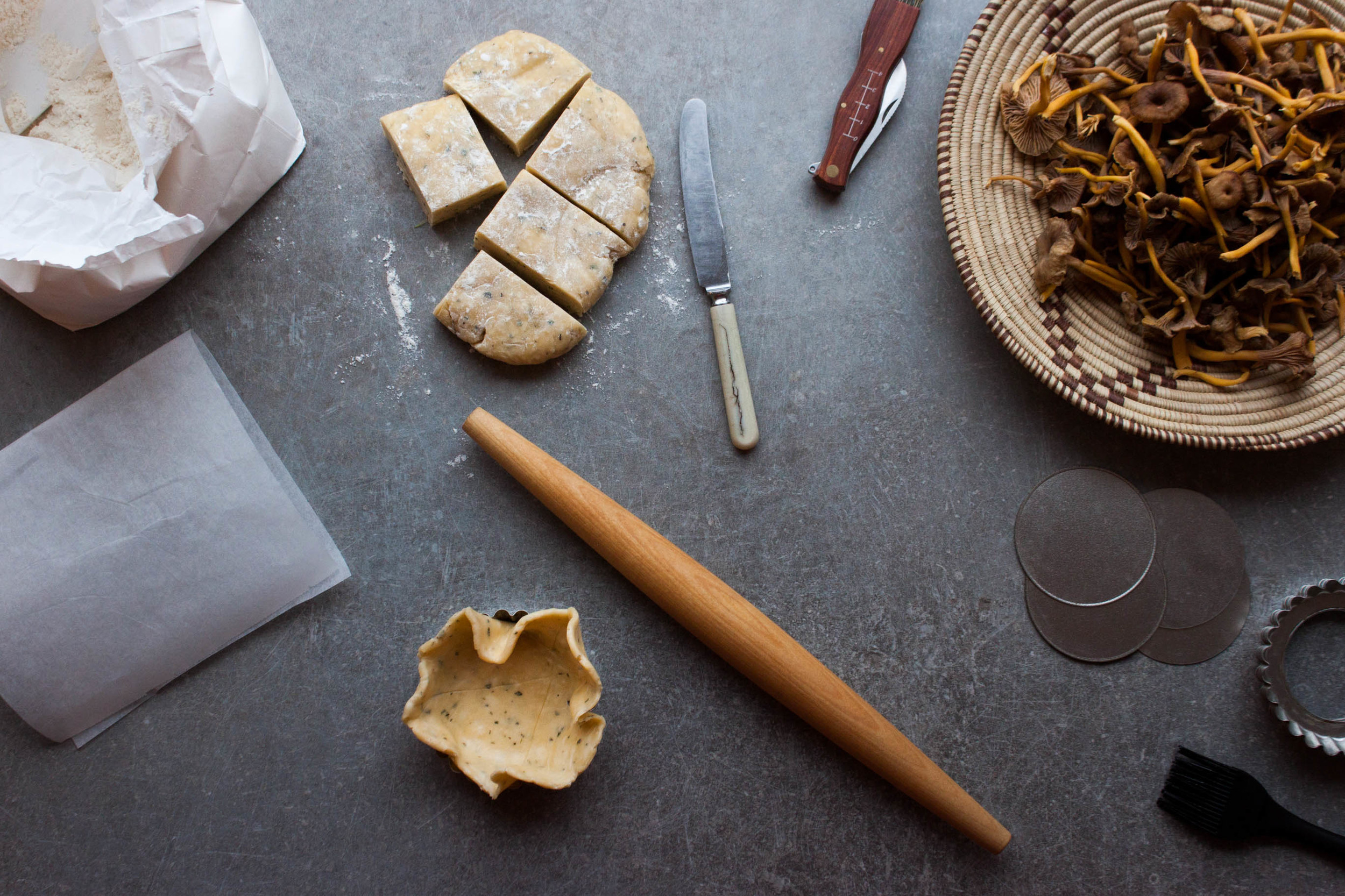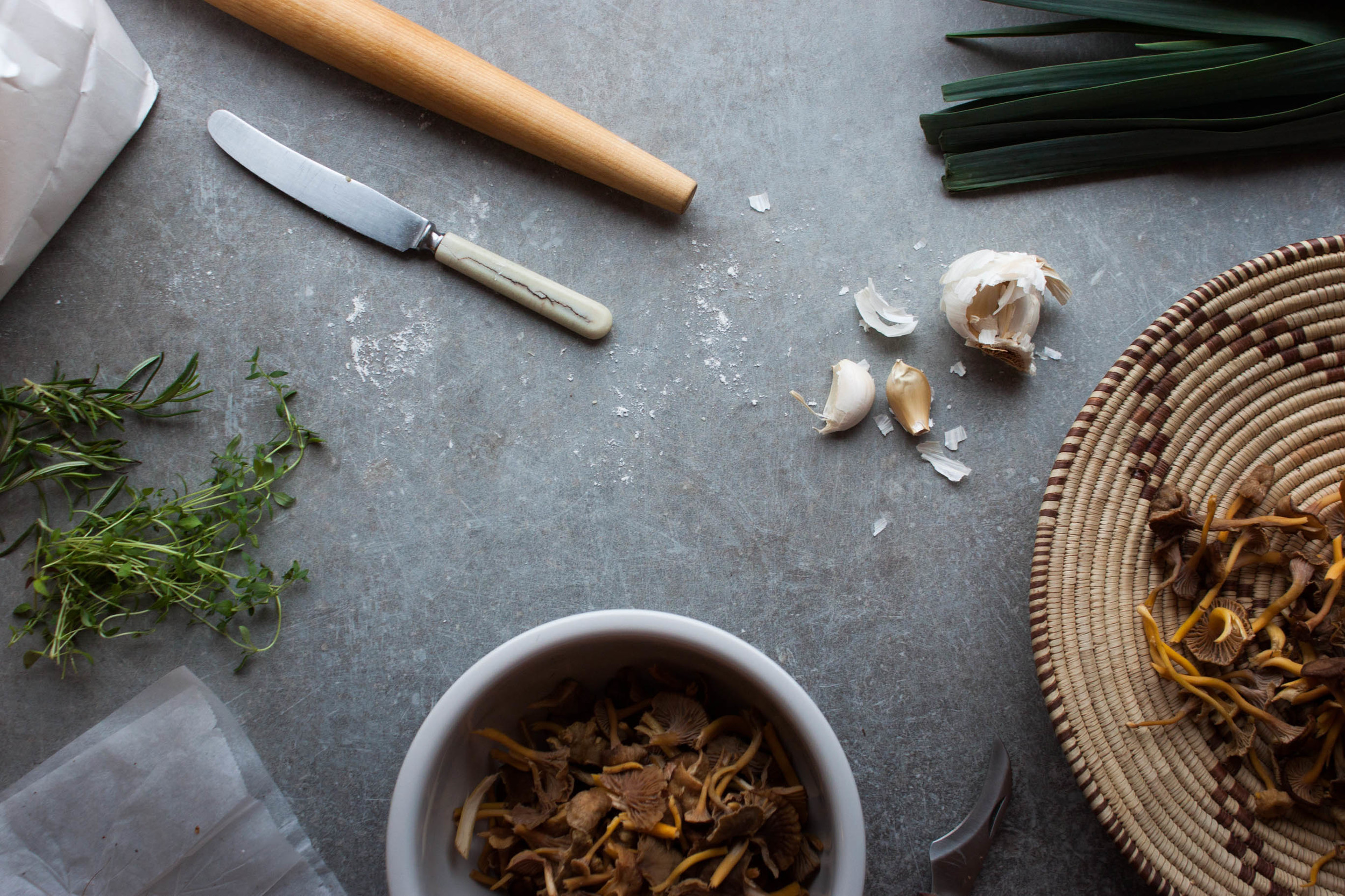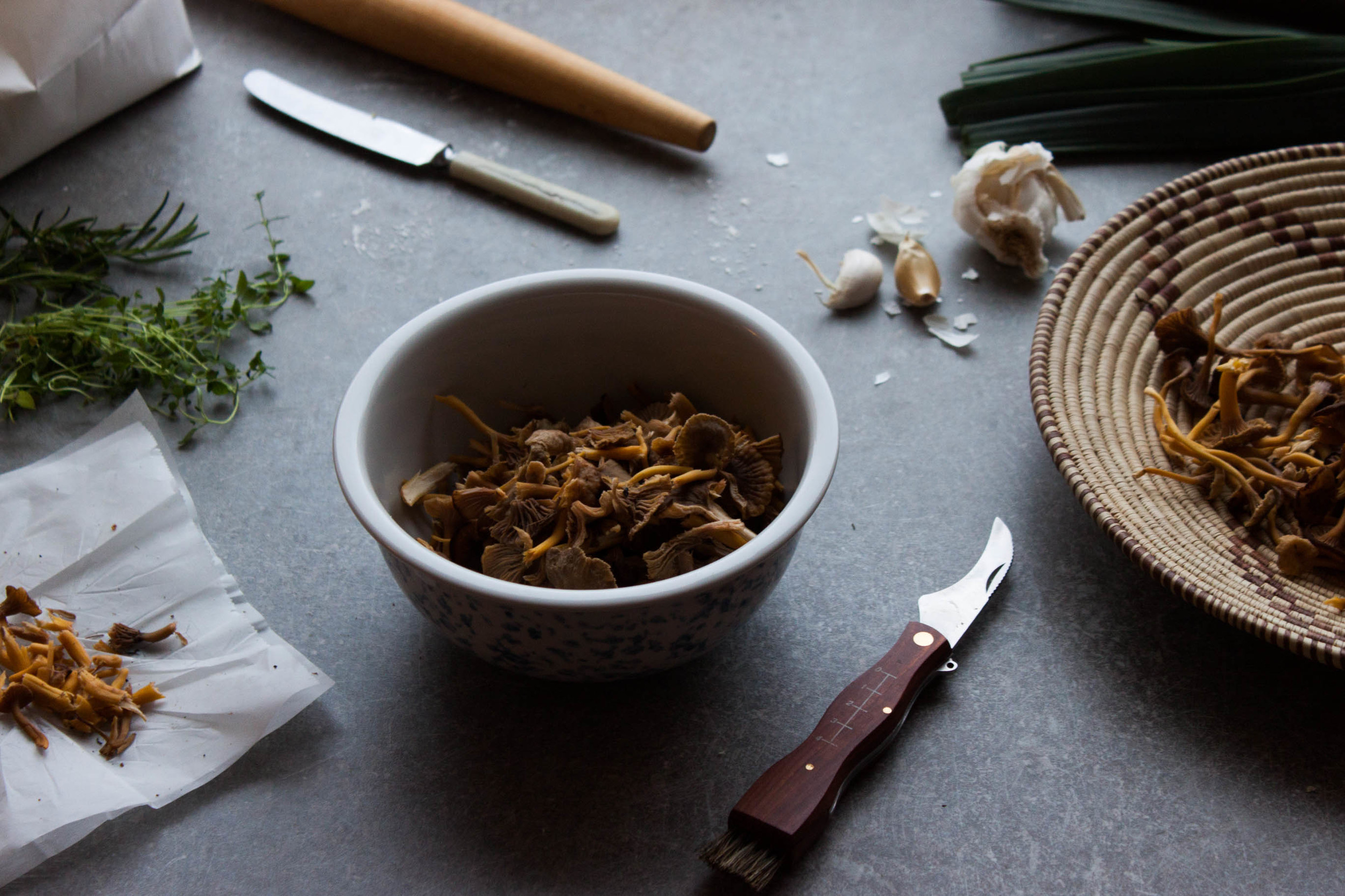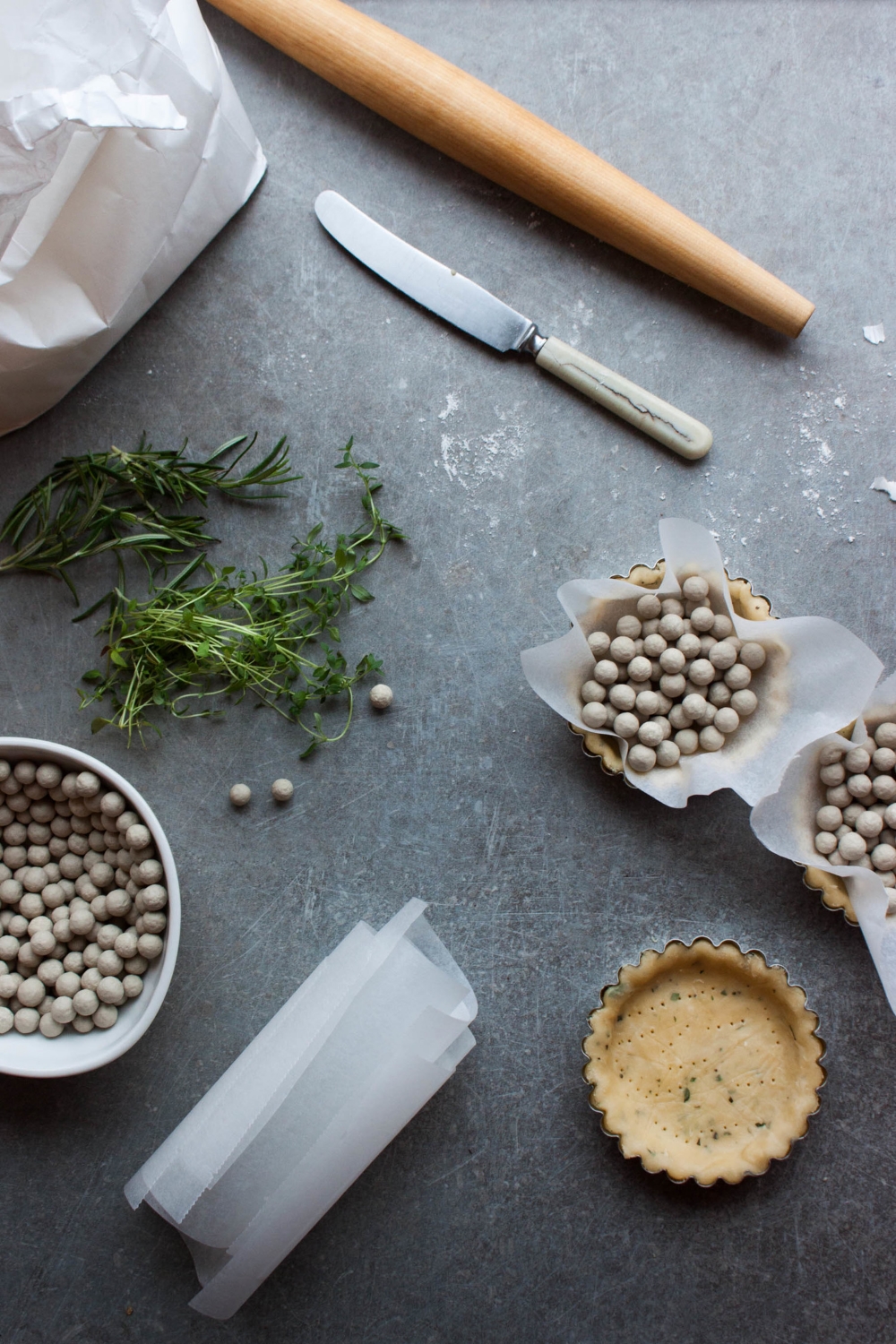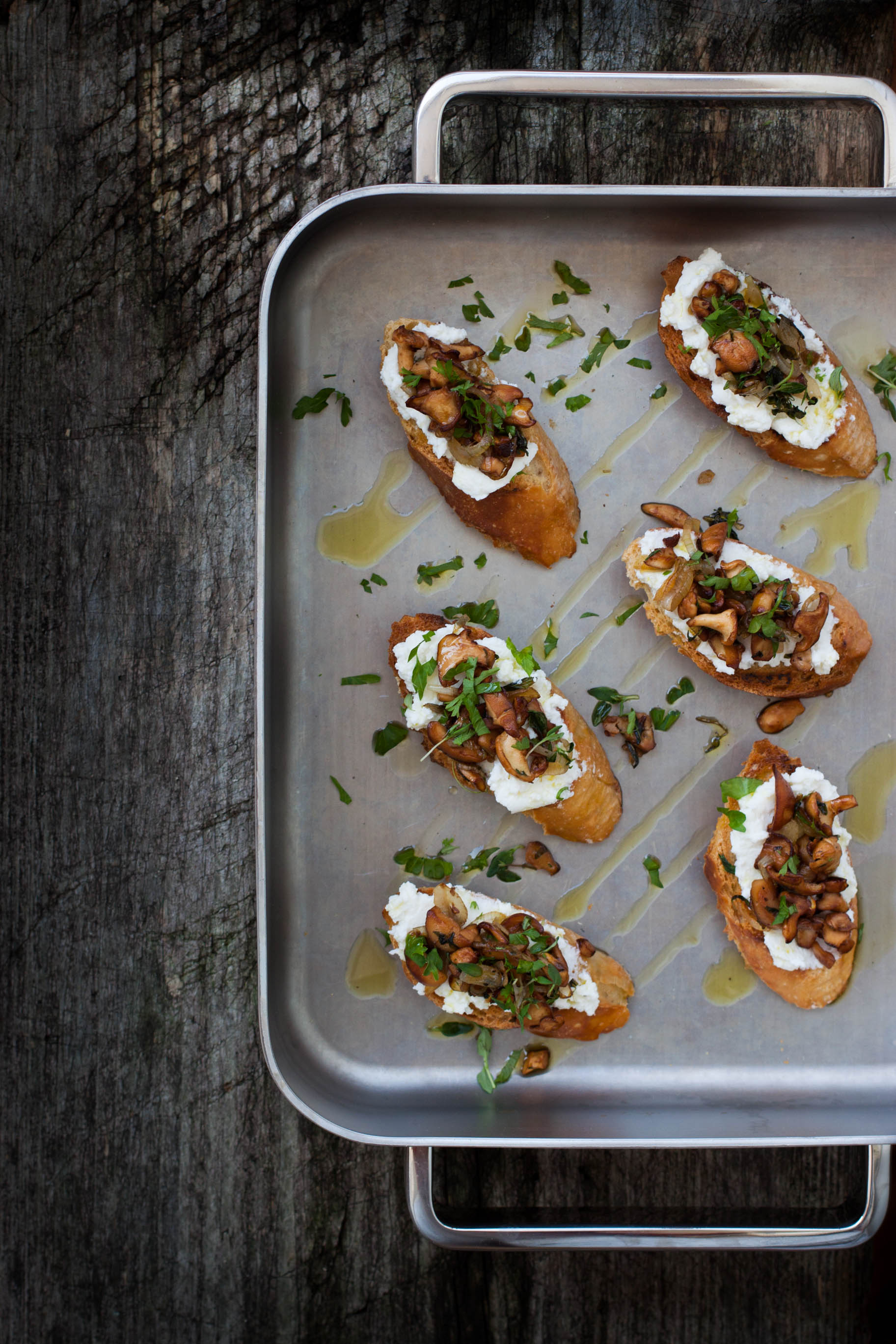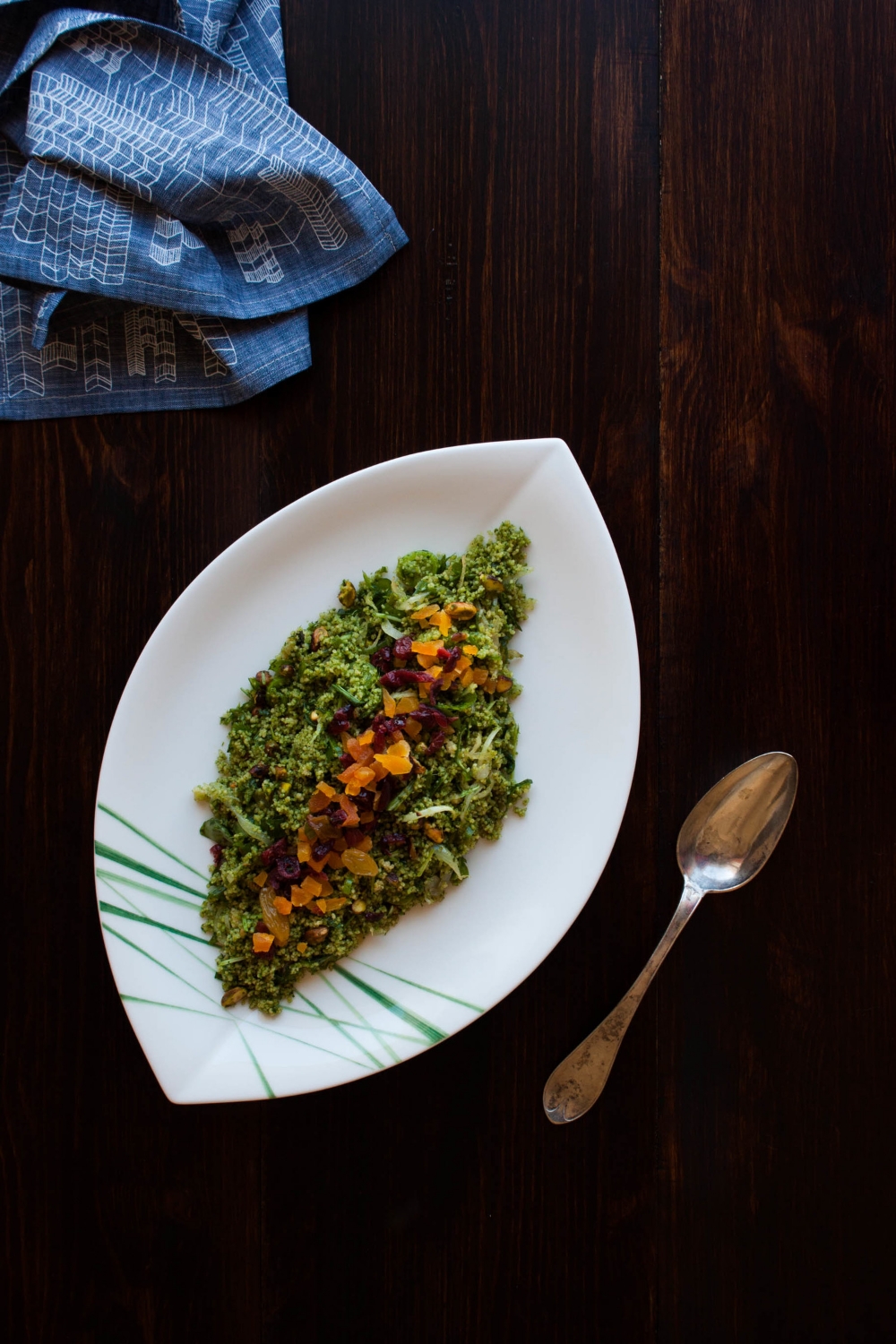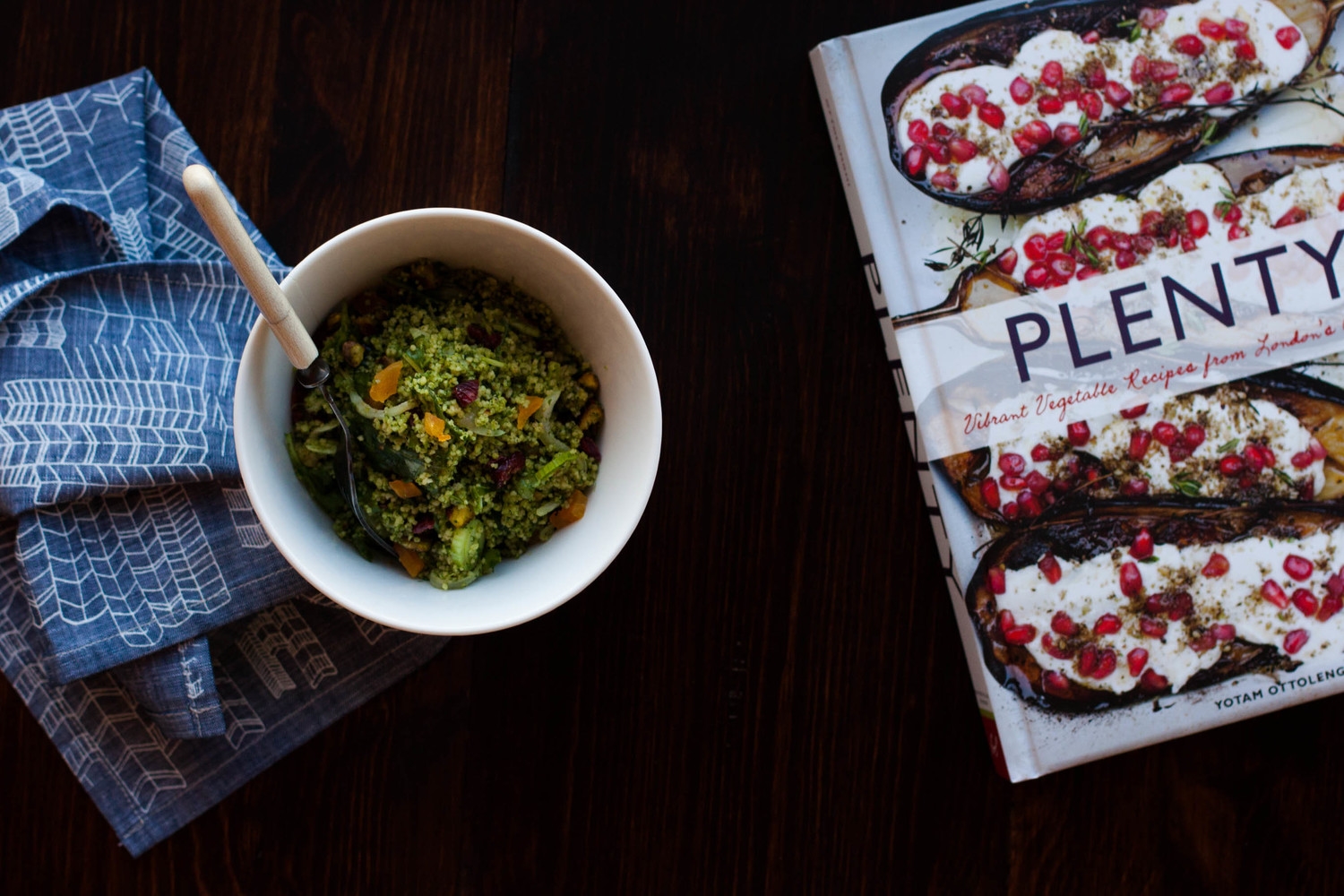Is it winter where you live? Cold? Do you have snow? Do you crave the sun? Oh the sun!
Well if you live in a dark place that occasionally feels hopeless (I blame the lack of serotonin), then you've come to the right place. My Blue&White Kitchen presents: Rustic, Nordic Pea Soup aka how we Scandis (try to) survive the long winter months.


This is a true Nordic favorite. There are few things better than pea soup on a cold winter day when you worry that your nose might fall off because of the Arctic temperatures. In both Finland and Sweden, pea soup is traditionally served on Thursdays. Actually, I doubt that you can find pea soup on any restaurant's or school's menu on any other day of the week. Speaking of traditions, it's always followed by Dutch baby pancake, whipped cream, and jam. The dessert is obligatory. Note to self: post a Dutch baby recipe.
You can still make and serve this on another day. After all, no one is going to find out, right? Unless you blog about it, that is... I made this soup last Saturday and ate it on Monday. And Tuesday. And probably today as well. Make a big serving and eat it throughout the week; it tastes much more better on the second or third day. Actually, I rarely eat it on the day I make it. Patience, friends, patience. That said, this soup is just perfect for a busy week when leftovers are more than welcome.
This may not be the sexiest soup in culinary history but it sure is delicious and makes the winter so much more bearable.


Cheers to a better 2015. Vive la France!
Rustic Nordic Pea Soup
serves 6 to 8
Pea soup is popular all over Scandinavia. In Finland, green peas are used, but to make a Swedish/Norwegian/Danish version, use yellow peas instead. If you can't find smoked pork shank, substitute it with (smoked) bacon. This soup can be made vegetarian by simply leaving the meat out. To still get a wonderful smoky flavor, you could add a pinch of smoked salt. Some people prefer to add one or two diced carrots to the soup; it's really up to you. If you do, just add it to the pot with the onion. The cooking times listed below are minimum cooking times; the longer you cook it on low heat, the better it gets. Many like to add mustard to their soup. The mustard is always being served on the side so everyone can stir it in to ones taste.
500 g dried whole green peas, picked over, rinsed, & soaked for 10 hours
olive oil
1 onion, diced
2,5 l (10 ½ cups) water
2 tsp fine sea salt
2 tsp dried marjoram
~ 400 g smoked pork shank with bone
optional: mustard, for serving
In a big pot, heat the olive oil on medium heat. Add the onion and cook until soft. Add the water, salt, marjoram, peas, and pork shank. Bring to a boil and let simmer for at least an hour. At this point, the soup won't look that tasty as the pea husks float on top. Believe me, it will get better.
Remove the shank. Shred meat and discard skin and fat. Return the meat and bone back to the pot. Cook for at least another hour. Add more liquid if necessary. Should the soup look too thin, cook it without a lid for a while.
Taste and season. Discard the bone before serving.
Serve with mustard if preferred and rye bread or crispbread.













